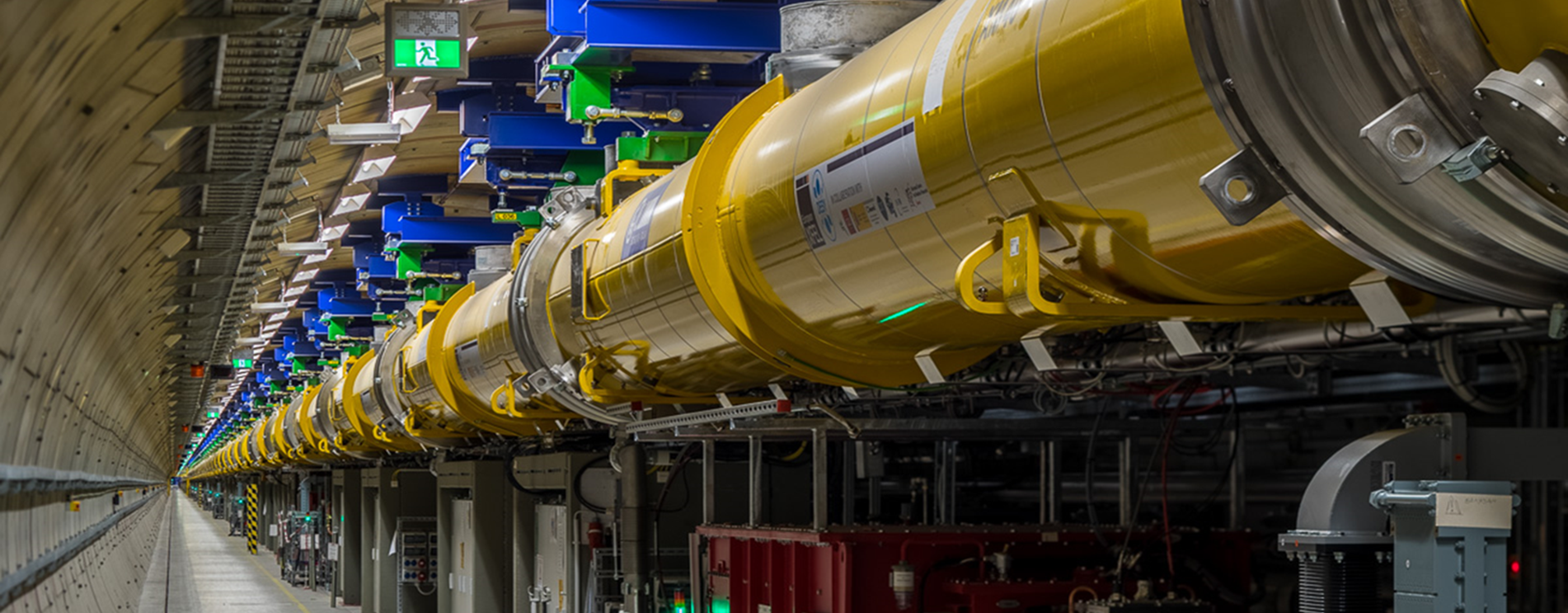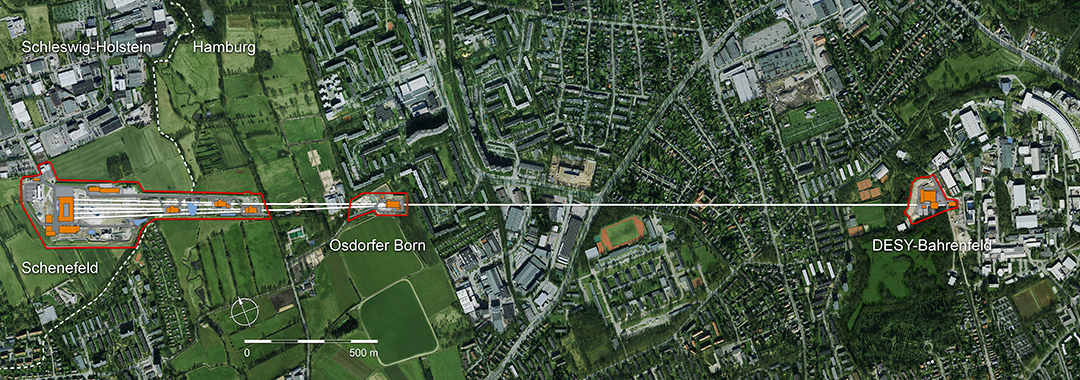MXL
Operation of the XFEL Accelerator
Operation of the XFEL Accelerator
Operation of the XFEL Accelerator
External Links
The European XFEL
The European XFEL is located mainly in underground tunnels which can be accessed on three different sites. The 3.4 kilometre-long facility runs from the DESY campus in Hamburg to the town of Schenefeld in Schleswig-Holstein. The European XFEL is the Hard X-ray Free Electron Laser based on superconducting accelerator technology. In operation since 2017, it now serves 3 FEL beamlines simultaneously for user experiments. At the research campus in Schenefeld, teams of scientists from all over the world carry out experiments using the X-ray flashes.
The XFEL Accelerator operated by DESY
The linear accelerator of the European XFEL is unique in the world. As the longest superconducting linear accelerator in the world, it provides the energy needed to generate the European XFEL's X-ray flashes. As an international effort involving 17 institutes, development of this critical portion of the facility is an example of excellent scientific cooperation across borders.
The European XFEL accelerator currently uses 768 cavities over a 1.7 km length. Additionally, the facility uses the elemental metal niobium as the material for the cavities. Niobium is superconducting at extremely low temperatures, so when the cavities are chilled to -271°C—just 2°C away from the lowest possible temperature, absolute zero—they lose all of their electrical resistance. This means that any amount of electromagnetic signal that enters the cavity also goes directly into the electrons, making the acceleration process very efficient.
The European XFEL accelerator can currently energize electrons up to 17.5 gigaelectronvolts (GeV). The electrons are accelerated in pulses with 10 pulses per second. Each pulse can contains up to 2700 electron bunches so that in total up to 27000 X-ray flashes per second can be generated to be used for scientific experiments.


